Devotional Dancing: The Spiritual Practices of the Whirling Dervishes by Psychic Nova
Date 11/6/2024
Explore More:
Spiritual Traditions Spirituality World Cultures
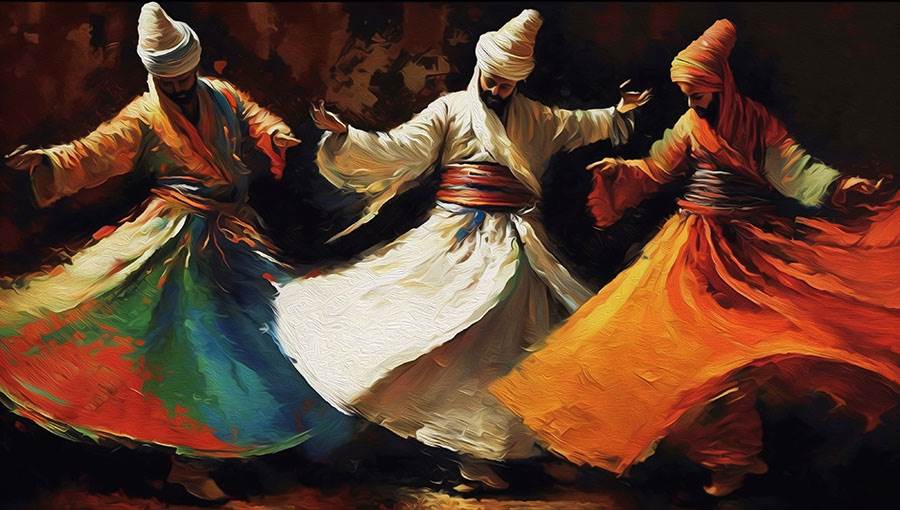 What are Sufism’s Main Beliefs?
What are Sufism’s Main Beliefs?
While it is sometimes misunderstood as a sect of Islam, Sufism is a broader style of worship that transcends sects, directing followers' attention inward. Sufi's practice focuses on the renunciation of worldly things, purification of the soul, and mystical contemplation of God’s total nature.
What are the Four Principles of Sufism?
The four principles are Repentance, Sincerity, Remembrance, and Love. They follow the fundamental stages and states of the spiritual transformative journey, emphasizing the importance of embracing both human limitations and God's ultimate limitless love to everyone.
What Does Sufism Say About God?
According to Sufi beliefs, God's essence can be seen in human beings, as God is the object and human beings are the body /mirrors through the soul. Since humans are reflections of God there can be no distinction or separation between the two and without God you would be non-existent.
What are the Seven in Sufism?
Sufism recognizes seven levels of the Nafs (an Arabic word meaning the human soul or psyche), which have been identified in the Quran. The process of growth depends on working through these levels of the self. These are the tyrannical self, the regretful self, the inspired self, the serene self, the pleased self, the pleasing self, and the pure self.
Many followers of Sufism believe they can become closer to Allah through inner purification and introspection. They do this by meditating and receiving guidance from their spiritual leaders, or guides. Adherents of Sufism follow the five pillars of Islam just as other practicing Muslims.
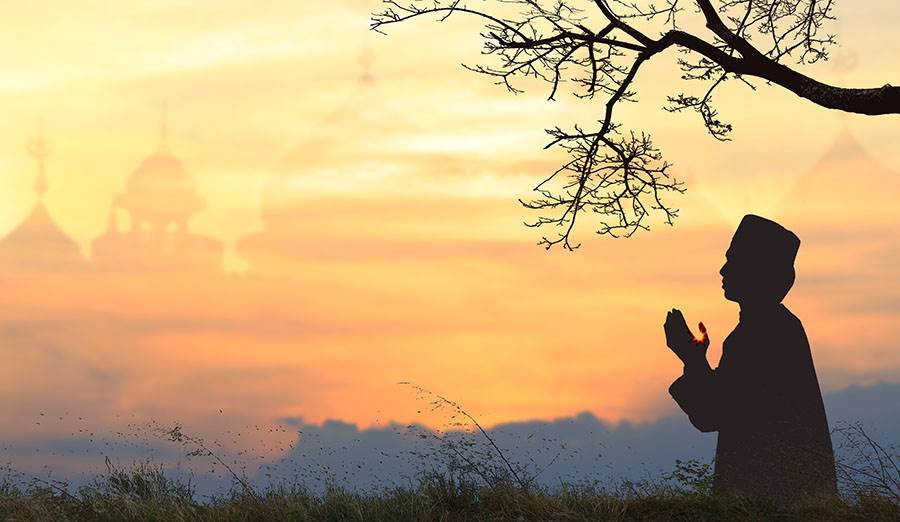
Do Sufis Believe in A Soul?
Sufism aims for deep spiritual communion with God through spiritual realization. Souls are the starting point of this communion. As this sense of communion deepens, so does the awareness that God is not only the cause of all existence, but the only real existence.
Do Sufis Believe in Angels?
In early Sufism, angels are both mystical guides and companions. Humans, in a state between earth and heaven, seek angels as guidance to reach the upper Nine realms. Some people have suggested that some individual angels in the microcosmos represent specific human faculties on a macrocosmic level.
What Do Sufis Believe About Love?
Sufi beliefs state that God is totally all-loving and all-merciful. God wants people to love one another, be kind, fair, merciful, and compassionate. Love, especially unconditional love, is the inner key and a successful way to get closer to God.
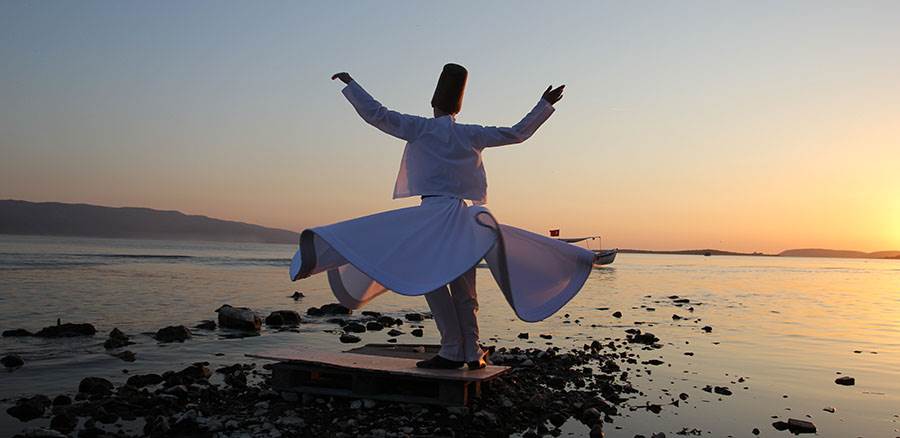
Whirling Dervishes: A Dance of Spiritual Union
Why Do Sufis Dance and Whirl?
The dhikr is a recitation of devotional Islamic prayer. In Sufism, the dhikr is coupled with many physical exertions of movement, specifically dancing and whirling, to reach a state of oneness by entering an "ecstatic trance."
These dances are held in beautiful intimate settings with dim lights. The one who recites the prayers, the Dhakir, is dressed in loose-fitting clothing and robes, along with a tall hat. The hat also helps with balance. The participants in the dance are called semazens and are sometimes referred to as whirling dervishes (a dervish is an initiate of Sufism).
If you ever wanted to see whirling dervishes perform a traditionally spiritual, and most of all mystical, Sufi ceremony known as a sema, it includes a series of amazing mesmerizing turns to help them, and the audience, reach a state of nirvana.
How Long Do Whirling Dervishes Spin For?
As we all know, just a few minutes of a spinning episode may induce vertigo in a healthy human. Because of possible perceptional plasticity, Sufi Whirling Dervishes (SWDs) can spin continuously for an hour without vertigo.
Why Don’t Whirling Dervishes Get Dizzy?
It’s thought that the way the dervishes tilt their head to accommodate the heart and the inner left ear helps prevent vertigo. As they dance, the dervishes shift the rotation axis of their bodies from a midline to a vertical axis. This establishes a flow between the left leg and the heart, which reduces any shaking while rotating and minimizes the stimulation of the inner left ear balance center. That, along with along with the lose fitting clothing and a tall ceremonial hat that they wear during the ceremony helps keep them from getting dizzy.
What are the Two Types of Sufism?
There are two broad Sufi orders:
- Bashara – Those who obey Islamic laws.
- Beshara – Those who were more liberal.
Whirling dervishes are mostly male. In traditional dervish groups, only men dance in public semas. Women have participated in private semas.
What Do Whirling Dervishes Believe?
Whirling dervishes are a subsect of Sufism, known as the Mevlevi Order or Mawlawiyya. This order originated in the 13th century as followers of the poet and Muslim mystic, Rumi. As adherents of Sufism, the Spiritual branch of Islam, whirling dervishes embrace pure complete universal love, positive energy, peace, acceptance of various spiritual paths, and seek a spiritual and majestic union with the divine.
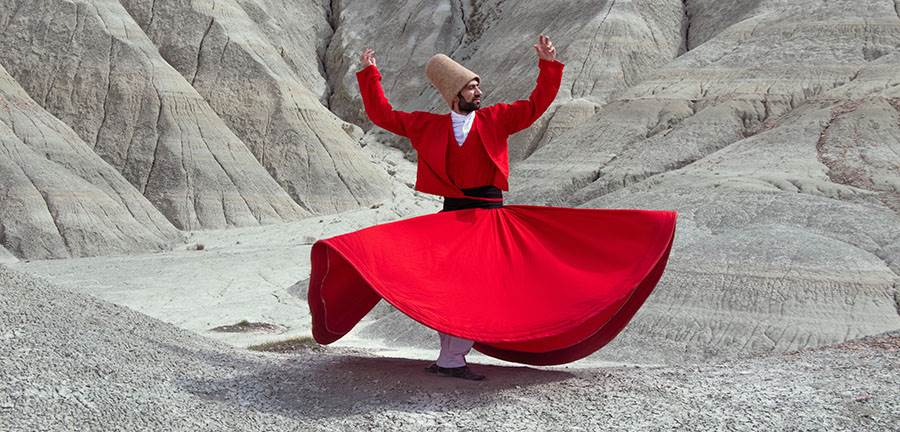
What Do Sufis Wear?
The word “Sufi” can be translated as “mystic”. Their ritual clothing is made of wool, a symbol of poverty in ancient times. To dress in this way was to show the public your disdain of ornamentation and outward showiness, in favor of an inner, spiritual quest.
The traditional grab is called a khirqah, (“rag” in Arabic), which is a woolen robe traditionally bestowed by another Sufi. While most sources agree that the khirqah was a patched piece of cloth, there is no specific uniform description of the color.
Turbans are also part of the attire. During ritual prayer (thikr), Sufis seek deep personal connection with the God the divine, so a Sufi’s turban protects the spiritual center located in his head. This spiritual center is sometimes called the Third Eye in many other spiritual paths.
Why Do Sufis Wear Red?
Red represents the blood shed for righteousness and love for Allah (God).
What is the Islamic Holy Color?
Green so prevalent in the Muslim world because it was Mohammed's most beloved color. The Islamic prophet is said to have worn a green cloak and turban, and his writings are full of references to the color green.
What is Whirling Meditation?
Whirling is an ancient Sufi technique. While your whole body is moving, you become aware of your very being, the watcher at the center. Whirling is known to induce a deep trance, almost like your body is being elevated to a higher consciousness and vibration. This higher state is unmoving. It’s like your soul being at the center of a cyclone. Whirling is best done on an empty stomach and wearing loose clothing.
What is the Spiritual Meaning of a Whirling Dervish?
It's believed that by performing the ritual, the dervishes become a vessel for divine spiritual blessings, delivering the spiritual gifts of God to the rest of the people in the ceremony. As they spin faster and faster, repeatedly calling out to Allah, all personal identities and ego are abandoned, allowing them to attain spiritual perfection and blessings that will also bless the audience in the ceremony.
Chanting the sacred Verses During Whirling: The Love language of the Soul
Why do Sufis Chant?
Sufi chanting, or Dhikr – the Remembrance of God – is a form of spiritual cleansing and charity meant to purify both heart and soul. Based on divine phrases and words, Sufi chants are repeated to create rhythms and sound vibrations that are able to elevate and heal the soul
Allah-Hoo is a traditional Sufi chant that refers to the divine essence. It is the permanence that is presented in the Sufi tradition as transcending the relative transience of the material world and symbols of stability (heavenly bodies like the sun, the moon, earth and stars) in their patterns of movement.
Allah refers to divinity while Hoo refers to the continuity of the divine. Both the words combined in the chant emphasize the importance of infinite essence of the divine. "Hoo" has the same Majestic and spiritual connotations of the infinite Divine as the sound of "Aum" ("Om") that Yogis are familiar with. Aum/Om represents the all-encompassing mystical entity in the Hindu tradition.
The repeated trance-like chanting, often accompanying Sufi meditation and motion, evokes divine beauty in seeking a mystical state or 'haal' where the human connects with the divine essence within them. All these practices have shown a deep spiritual connection. Not only within self but also connecting with people around the world.
The forceful simplicity of the Sufi focus on the divine beauty melts away sectarian and ethnic divisions, bringing people from different religions and faiths together in peaceful co-existence in the world. The Sufis’ message—as echoed in Sufi lyrics, music, and dance—is what is desperately needed to restore peace in the world today.
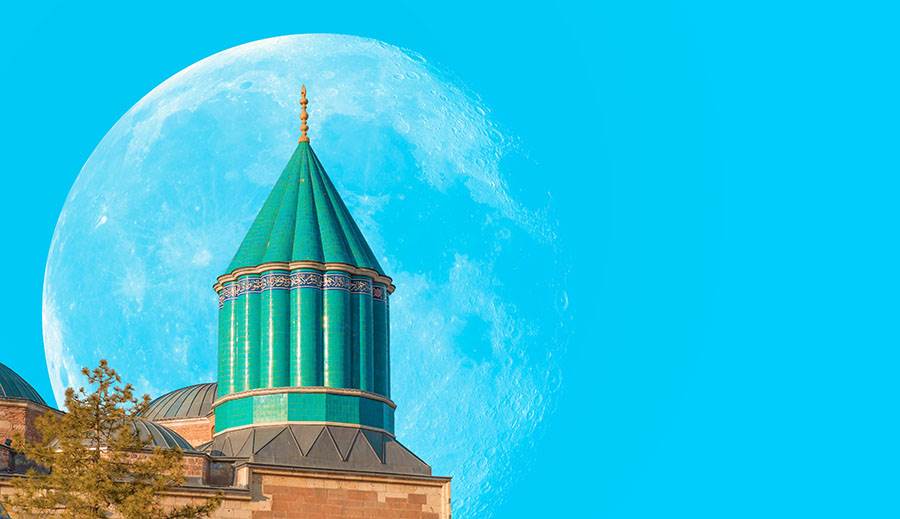
A Sufi Chanting Meditation
Allah Hoo Allah Hoo Allah Hoo
Sufi Chant: "The Divine continues to Be..."
Yeh zameen jab na thi, yeh jahaan jab na tha
"Before this world and this universe formed"
Chaand Sooraj nah thay, aasmaan jab nah tha
"Long before the Sun, the Moon and the Skies"
Raaz-e-Haq bhee kisi par ayaan jab na tha
"When even the Divine Secrets were not revealed to anyone"
Jab na tha kuch yahaan, jab nah thaa kuch wahaan
"When there was nothing Here, nor There"
Tha magar tooh hee tooh
"You, and only You continued to Be"
Allah Hoo Allah Hoo Allah Hoo
Sufi Chant: "The Divine continues to Be..."
Sufis practice beautiful religious exercises, one of which is the dhikr. The initiates repeat chanting one of the names of God or of the profession of Spirit, and the hymnodist recites sacred verses in the background. The dimmed lights contribute to everyone entering a profound meditation space during the ceremony.
This meditation technique is accompanied by breathing exercises which increase the supply of oxygen to the brain. The dancers also hold their body weight more on the left side, to suppress vertigo and create a solid heart flow with inner ear balance. Resulting in a state of spiritual, even magical, trance, this creates a powerful spiritual connection between self and God. Many have heightened their spiritual vibration through this powerful form of active meditation, incorporating chanting and whirling all at one time.
My recommendation is for you to try to attend a ceremony and pick up on the blessings that you will receive. Everyone walks away with something different. And remember the key the ultimate path of Sufism is love, balance, respect of life, and loyalty. Self-love is true balance. Practicing Sufi meditation daily and Sufi breathing rituals can also help you on the spiritual path.
 Get a Reading with Nova x3615
Get a Reading with Nova x3615
Nova is a world renowned, natural-born clairvoyant and medium. She has been on television and radio shows and was the lead clairvoyant in an international missing person case. Nova holds multiple degrees, including a master’s degree in Grief Therapy, a bachelor’s degree in the Psychology of Life Coaching, and an Associates of Applied Science in Mortuary Science and Embalming. Nova’s other accomplishments include being the first certified African American Death Midwife in her entire state, achieving Level 1, 2, and 3 as a Reiki Teacher, Pet Funeral Director and Cremation, Guided Meditation Instructor, Breath Work Coach and Natural Healing, and Forest Praise Dancing certification.
